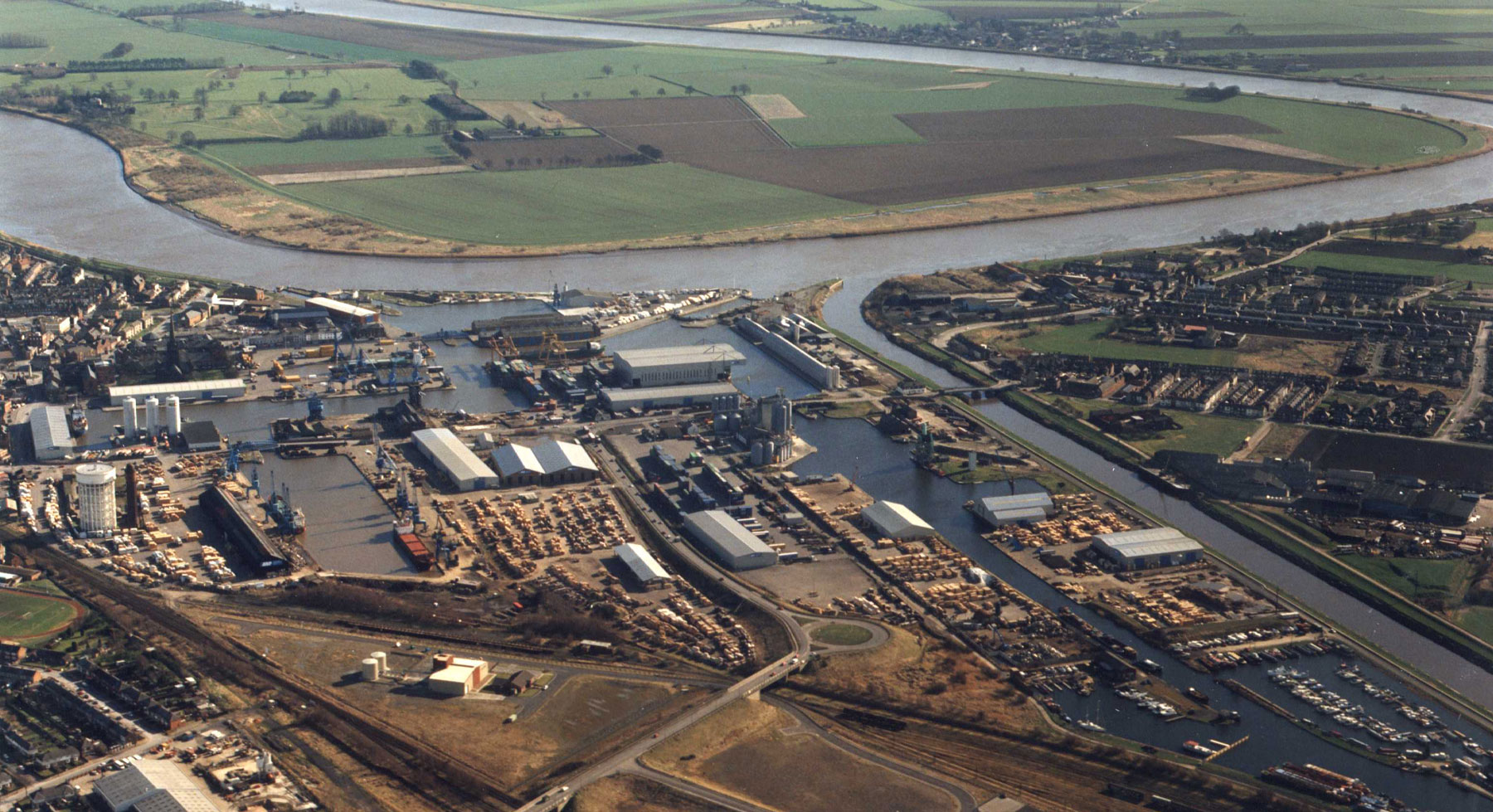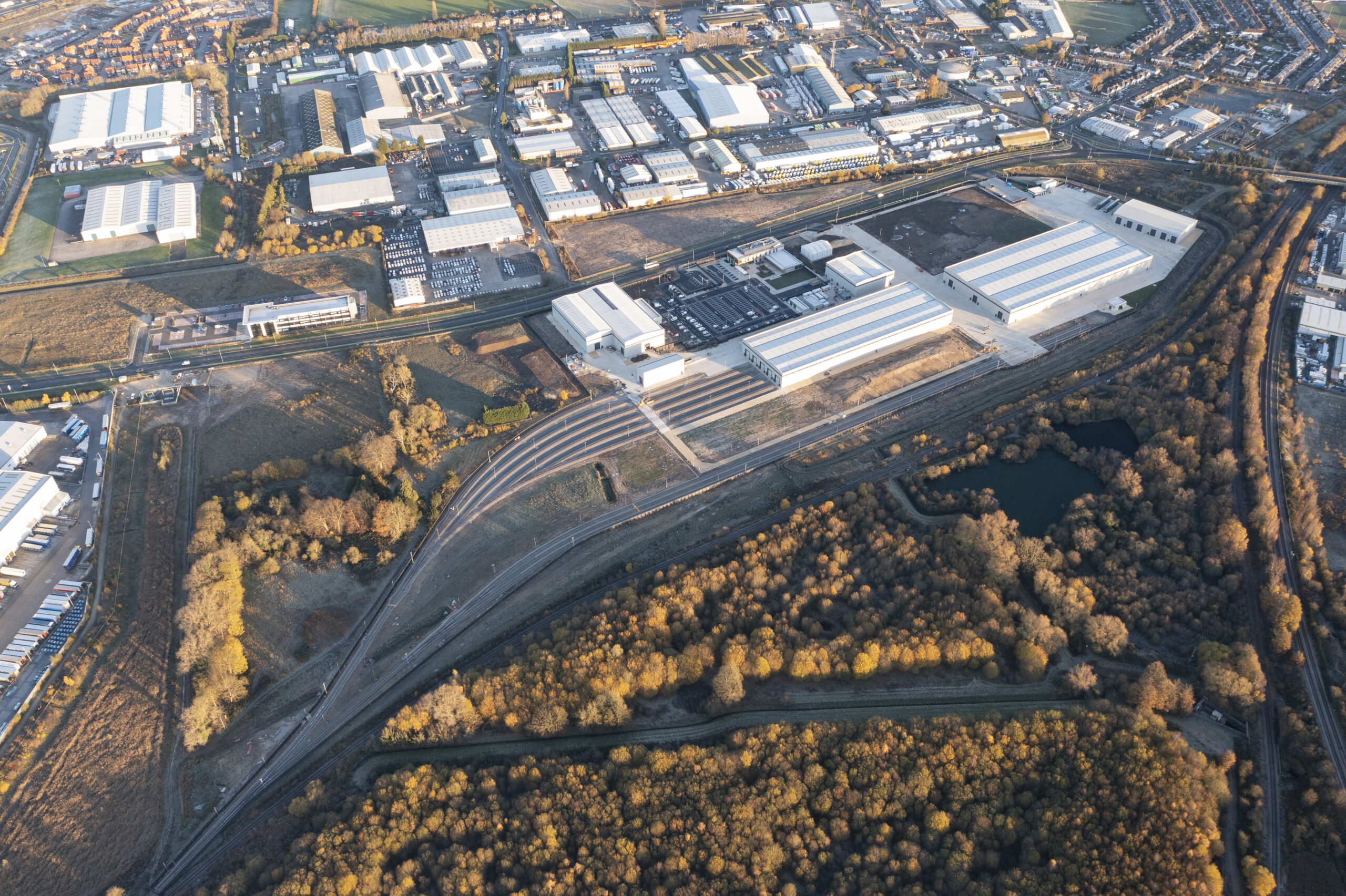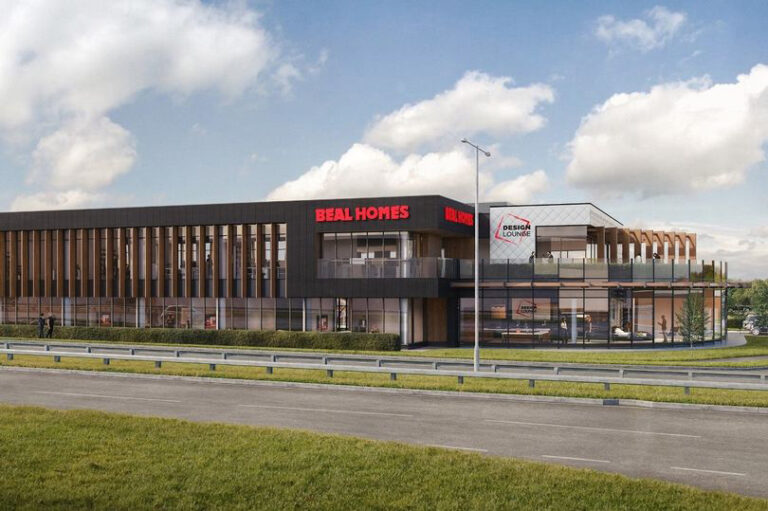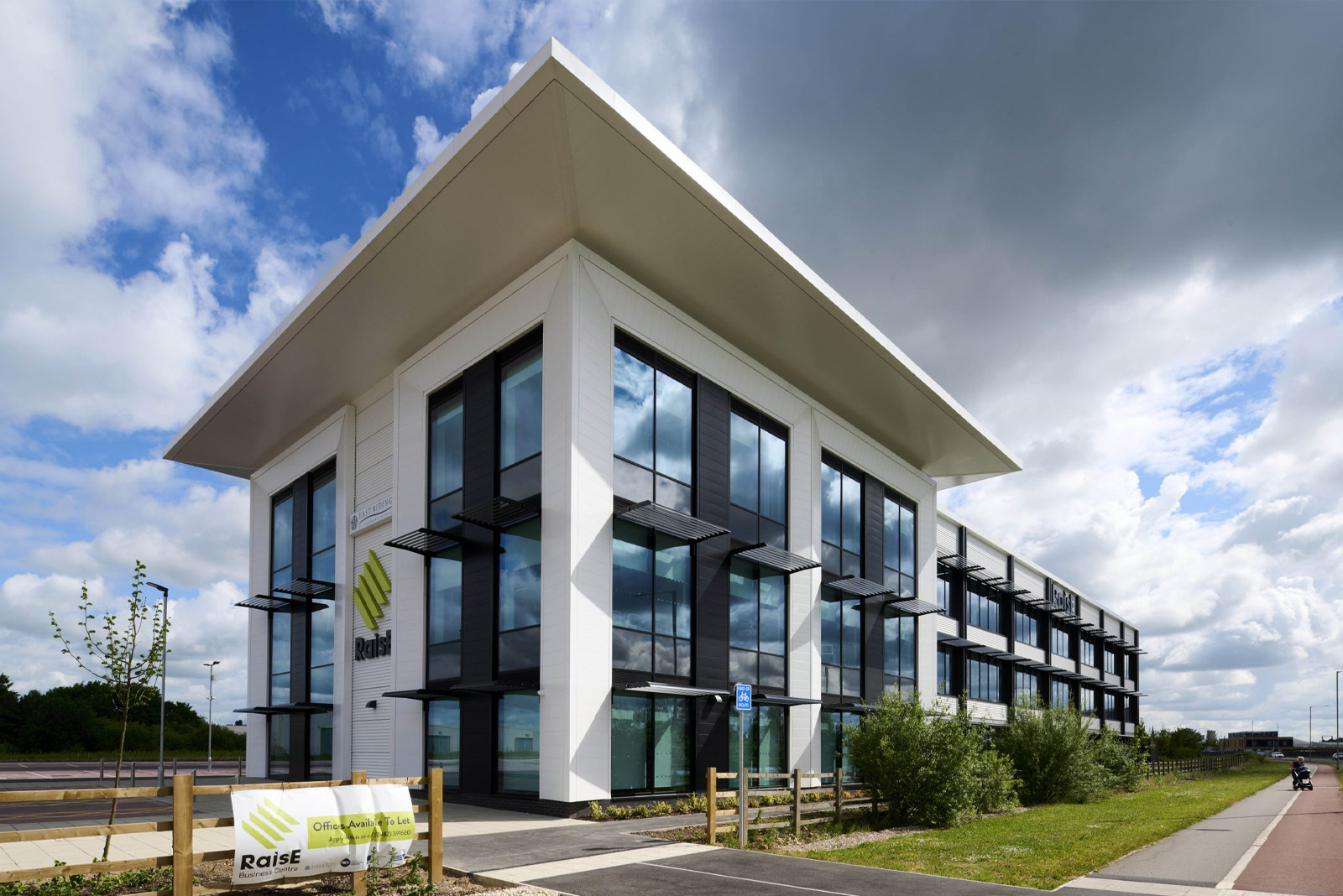A History of Goole
Although Goole can trace the origins of its name back to the Anglo-Saxon word for ‘outlet to a river’, the earliest settlements in the area centred upon nearby farming villages. King Charles I had paved the way for the surrounding land to be used for arable farming when he granted a charter to the Dutch engineer Cornelius Vermuyden, allowing the River Don to be diverted into the River Ouse, rather than the River Aire.
It wasn’t until 1823, when the Aire and Calder Navigation Company built a canal between Leeds and Goole, that the town of Goole as we know it today first began to be established. In 1826, Goole was granted a port charter and this led to the construction of the town’s first street; Adam Street.
Goole essentially started life as the ‘company town’ of the Aire and Calder Navigation Company and grew wealthy on the back of the booming trade through its port. Many of its best-known buildings and landmarks date back to this era and are located within a stone’s throw of the docks, highlighting just how central they were to the early life of the town.
This all-important Aire and Calder Navigation was first used to export coal from the West Riding of Yorkshire to the continent. Engineers developed an innovative system of transporting coal using boats made up of a series of compartments, which were nicknamed Tom Puddings and linked together in long ‘trains’ that were towed along the canal by a tug. At the docks, hydraulic compartment boat hoists lifted the Tom Puddings and tipped their contents into the holds of waiting ships.
For more than 150 years, Goole’s port was the primary route used to export coal from Yorkshire’s coalfields and, even after the town’s railway links were developed, the Aire and Calder Navigation still played a central role in this.
Although the demise of the coal industry means that the nature of the goods being transported has changed dramatically during the last 25 years, Goole’s port continues to handle around 1.5 million tonnes of cargo annually. A proportion of this traffic still reaches the town via the canal but, these days, the barges are more likely to carry oil, sand or gravel.
Although Goole suffered as a result of the decline of traditional industries, its excellent transport links have spear-headed a revival in its fortunes in recent years, earning it a reputation as an investment hot spot. These days, its impressive road and rail links are just as important as its port and canal.
During the last 30 years, Goole has benefited from a series of innovative regeneration initiatives aimed at promoting inward investment and creating new business and job opportunities for its population of around 22,000 people, as well as a string of environmental and social improvements aimed at building the capacity of local communities.






